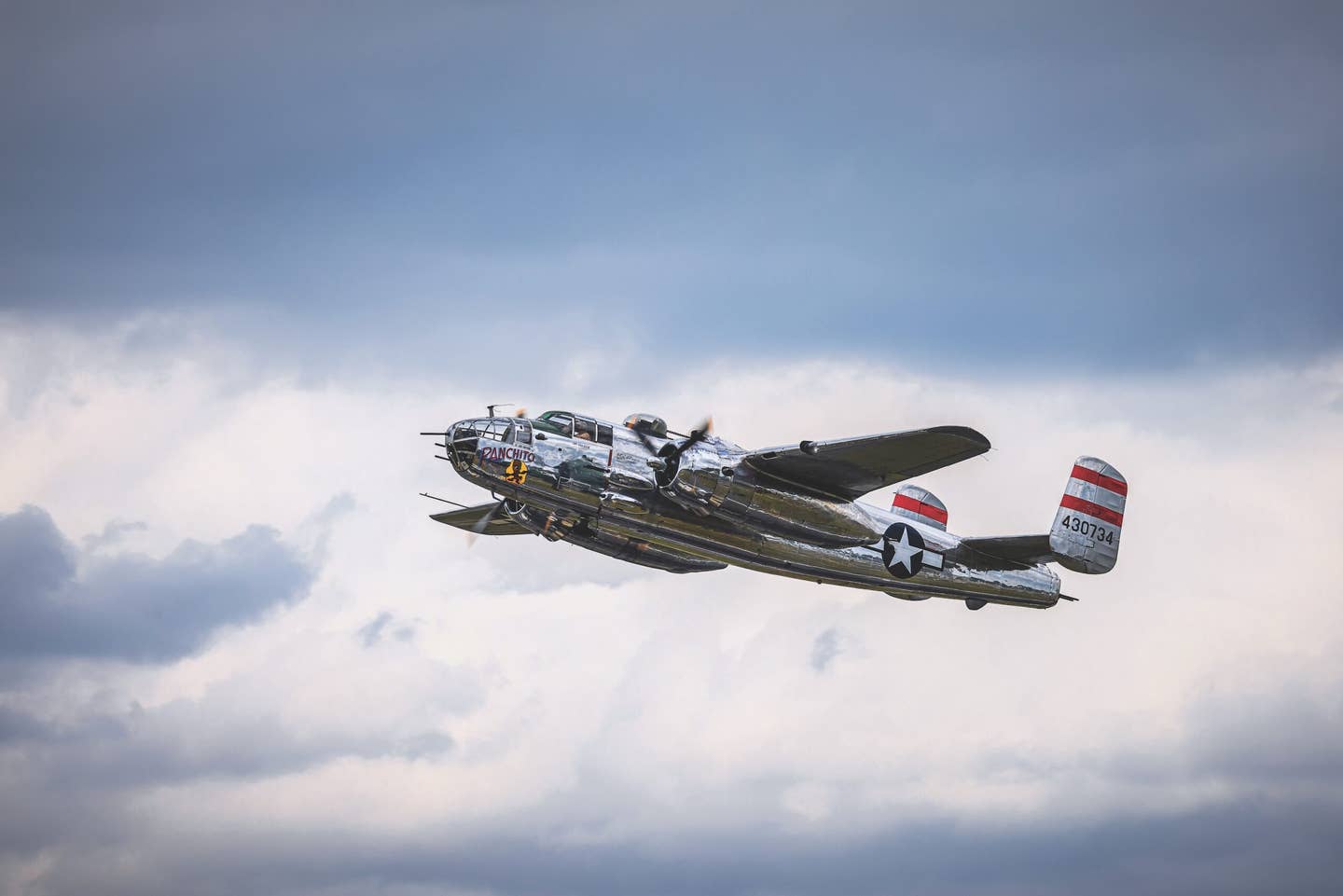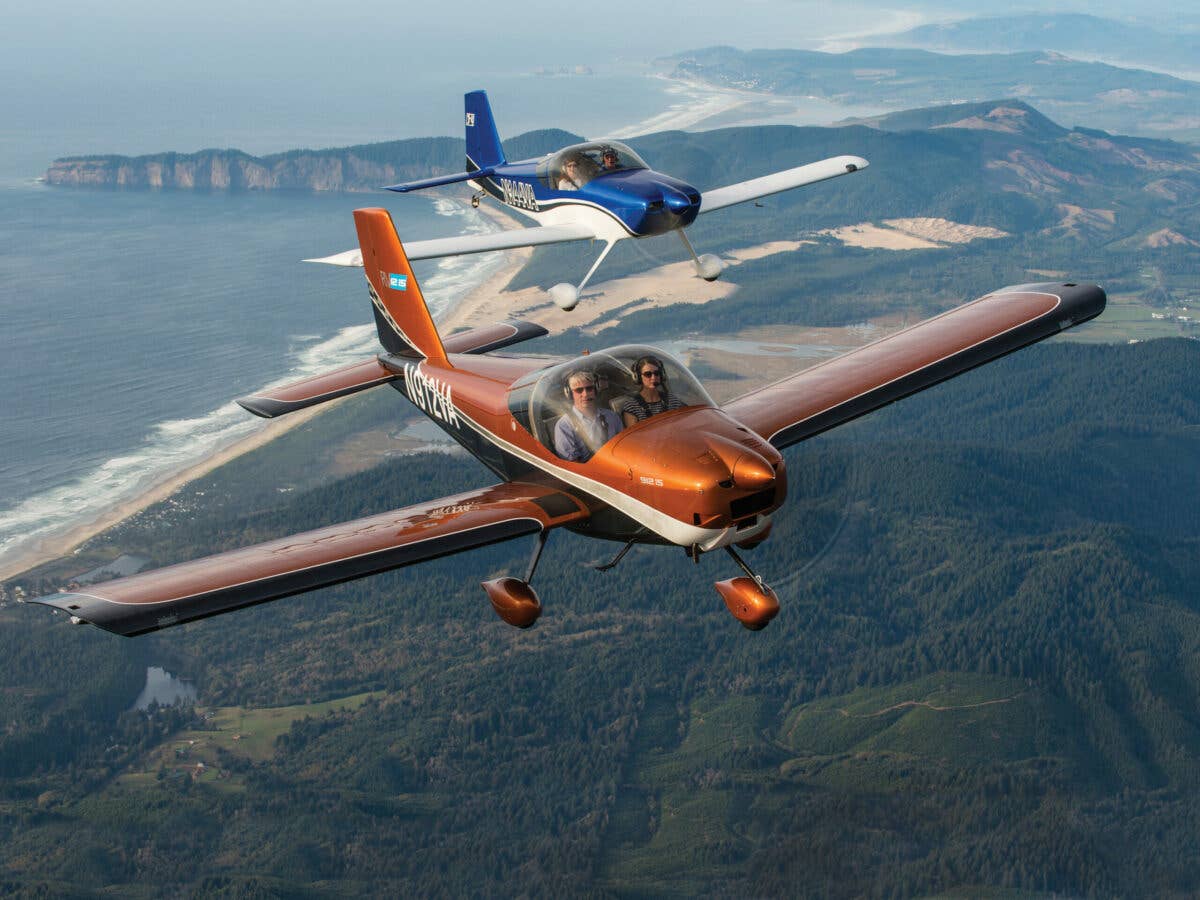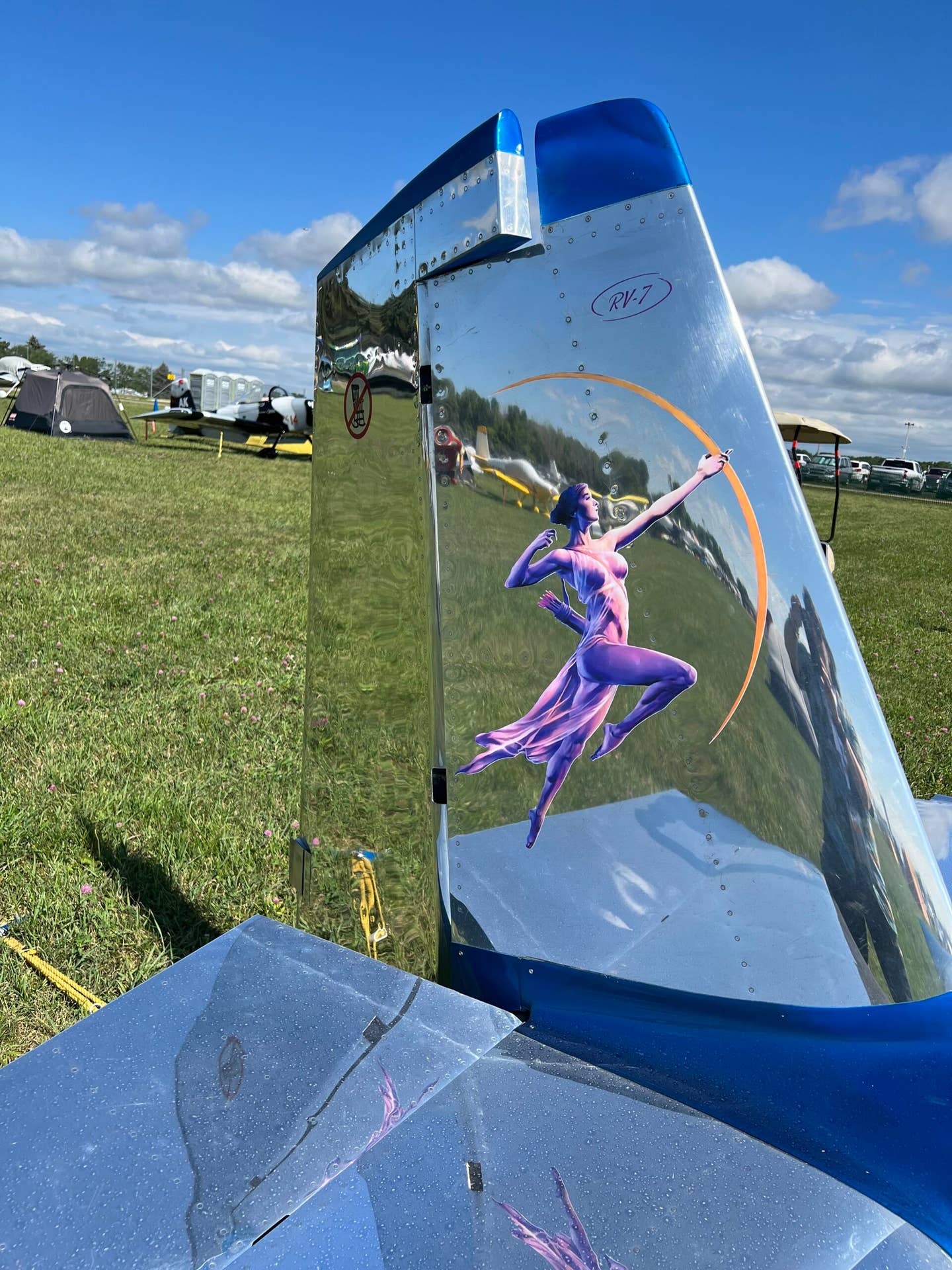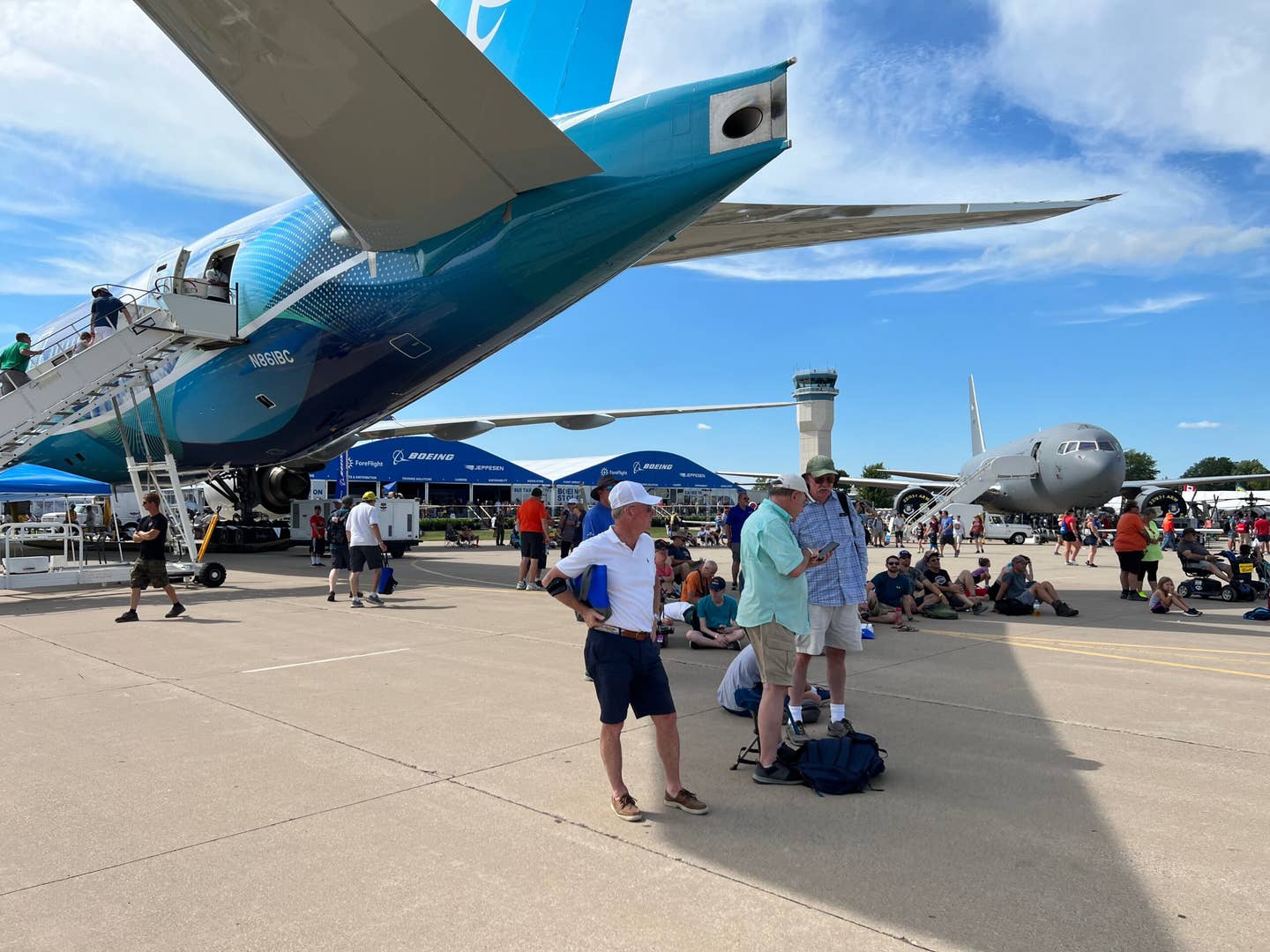
Honeywell's new blended-vision technology changes the way we look at weather and darkness. This technology will save lives. One of them might be yours.
Flying StaffEditor
Flying Magazine is a one-stop resource for everything aviation, including news, training, aircraft, gear, careers, photos, videos, and more.
Related Stories

Sign-up for newsletters & special offers!
Get the latest FLYING stories & special offers delivered directly to your inbox






